Home>Furniture & Design>Interior Design Trends>How Long Are Sliding Glass Doors


Interior Design Trends
How Long Are Sliding Glass Doors
Modified: March 2, 2024
Discover the latest interior design trends for sliding glass doors and learn about their ideal dimensions and styles. Explore how to incorporate these doors into your home decor.
(Many of the links in this article redirect to a specific reviewed product. Your purchase of these products through affiliate links helps to generate commission for Storables.com, at no extra cost. Learn more)
Introduction
Sliding glass doors are a popular feature in modern homes, adding a touch of elegance and functionality to any space. These doors not only allow natural light to flood into the interior but also create a seamless transition between indoor and outdoor living areas. When considering the installation or replacement of sliding glass doors, one of the primary considerations is their length. Understanding the standard and custom sizes, as well as the factors influencing the length of sliding glass doors, is crucial for making informed decisions about home design and renovation projects.
The length of sliding glass doors plays a pivotal role in determining the overall aesthetic appeal and functionality of a space. Whether it's for a patio, balcony, or a large living room, the dimensions of sliding glass doors can significantly impact the visual flow and accessibility of the area. Additionally, the length of these doors can influence the amount of natural light that enters the room, as well as the ease of movement in and out of the space.
In this comprehensive guide, we will delve into the various aspects of sliding glass door lengths, including standard and custom sizes, as well as the factors that can affect their dimensions. By the end of this article, you will have a clear understanding of the considerations involved in determining the length of sliding glass doors, empowering you to make informed choices that align with your design preferences and practical needs.
Key Takeaways:
- Sliding glass doors come in standard sizes of 6 to 8 feet wide, offering a balance of natural light and accessibility. Custom sizes provide flexibility for unique architectural layouts and personalized design statements.
- Factors like architectural design, natural light, and energy efficiency influence the length of sliding glass doors. Understanding these factors helps make informed decisions for a seamless and functional space.
Read more: How Long Is A Sliding Glass Door
Standard Sizes of Sliding Glass Doors
When it comes to standard sizes of sliding glass doors, there are typical dimensions that are widely used in residential and commercial construction. These standard sizes are designed to fit common door openings and provide a balance between functionality, aesthetics, and cost-effectiveness.
The most prevalent standard sizes for sliding glass doors range from 6 feet to 8 feet in width. The height of these doors is usually standardized at 6 feet and 8 inches, although variations can be found to accommodate specific architectural requirements. These standard dimensions are well-suited for most homes and offer a harmonious blend of natural light, outdoor views, and accessibility.
In addition to the single-panel standard sizes, there are also configurations for multi-panel sliding glass doors. These configurations often feature two, three, or even four panels, with each panel typically measuring 2 to 4 feet in width. Multi-panel sliding glass doors are favored for larger openings, such as expansive patio entrances or panoramic views, where they can create a striking focal point while facilitating seamless indoor-outdoor connectivity.
It's important to note that while these standard sizes are prevalent, they may not always perfectly align with every architectural design or renovation project. In such cases, custom sizes may be necessary to ensure a precise fit and achieve the desired aesthetic and functional outcomes.
Understanding the standard sizes of sliding glass doors provides a valuable starting point for homeowners, architects, and interior designers. By being aware of these typical dimensions, they can make informed decisions about incorporating sliding glass doors into their spaces, whether for new construction, remodeling, or upgrading existing doors.
In the next section, we will explore the option of custom sizes for sliding glass doors, shedding light on the flexibility and tailored solutions they offer for diverse architectural and design requirements.
Custom Sizes of Sliding Glass Doors
In the realm of architectural design and home improvement, the concept of customization holds immense significance. When it comes to sliding glass doors, the option of custom sizes opens up a world of possibilities, allowing homeowners and designers to tailor the dimensions to suit specific spatial and aesthetic requirements.
Custom sizes of sliding glass doors offer a level of flexibility that standard sizes may not always accommodate. Whether it's a uniquely shaped doorway, an unconventional architectural layout, or a desire for a distinctive design statement, custom-sized sliding glass doors can be crafted to fit the precise dimensions of the opening, ensuring a seamless and tailored integration with the surrounding space.
One of the key advantages of opting for custom sizes is the ability to create a truly personalized and bespoke design. From expansive floor-to-ceiling glass panels to elegantly narrow doorways, custom-sized sliding glass doors empower individuals to unleash their creativity and bring their vision to life. This level of customization extends to the choice of materials, finishes, and hardware, allowing for a cohesive alignment with the overall interior design scheme.
Moreover, custom-sized sliding glass doors can be tailored to enhance energy efficiency and structural integrity. By working closely with manufacturers and design professionals, homeowners can specify features such as insulated glass, advanced weather sealing, and durable framing materials, ensuring that the doors not only complement the aesthetics of the space but also contribute to its overall comfort and sustainability.
In addition to catering to unique architectural requirements, custom-sized sliding glass doors are ideal for retrofitting older homes and historical buildings. These structures often present non-standard door openings, making it challenging to install off-the-shelf doors. Customization enables the creation of doors that harmonize with the existing architectural elements while introducing modern functionality and style.
Furthermore, custom-sized sliding glass doors are well-suited for commercial and hospitality settings, where design versatility and brand identity are paramount. Whether it's a boutique hotel, a trendy restaurant, or a contemporary office space, the ability to customize door sizes allows for the creation of inviting and impactful entrances that reflect the ethos and ambiance of the establishment.
In essence, custom-sized sliding glass doors epitomize the fusion of form and function, offering a tailored solution that transcends the limitations of standard sizing. By embracing customization, homeowners, architects, and designers can elevate the visual appeal, functionality, and individuality of interior and exterior spaces, making a profound statement through the seamless integration of custom-sized sliding glass doors.
Factors Affecting the Length of Sliding Glass Doors
The length of sliding glass doors is influenced by a myriad of factors, each playing a crucial role in determining the dimensions that best suit a particular space. Understanding these factors is essential for making informed decisions when selecting or customizing sliding glass doors.
1. Architectural Design and Layout
The architectural design of a building greatly impacts the length of sliding glass doors. The size and layout of the space, as well as the placement of supporting structures, such as load-bearing walls and columns, can dictate the available opening for the doors. In some cases, architectural features, such as vaulted ceilings or irregularly shaped rooms, may necessitate custom-sized doors to ensure a seamless and visually appealing fit.
2. Functional Requirements
The intended function of the sliding glass doors is a significant factor in determining their length. For instance, doors leading to a spacious patio or deck may benefit from wider dimensions to facilitate easy access and unobstructed views. In contrast, doors serving as room dividers or entryways to compact spaces may require more modest dimensions to optimize space utilization and maintain a balanced aesthetic.
3. Natural Light and Views
The desire to maximize natural light and outdoor views often influences the length of sliding glass doors. Larger door panels or multi-panel configurations can create expansive openings that flood interior spaces with sunlight and provide panoramic vistas of the surrounding landscape. This consideration is particularly important in spaces where a seamless indoor-outdoor connection is sought, such as living rooms, dining areas, and master bedrooms.
4. Energy Efficiency and Insulation
In colder or hotter climates, the length of sliding glass doors can be influenced by energy efficiency considerations. To minimize heat loss or gain, as well as to enhance insulation, homeowners may opt for doors with specific dimensions that accommodate advanced glazing technologies and thermal break features. Custom-sized doors can be tailored to maximize energy performance while maintaining an aesthetically pleasing and functional design.
5. Accessibility and Traffic Flow
The length of sliding glass doors is closely tied to the accessibility and traffic flow within a space. In high-traffic areas, such as family rooms or kitchens, wider doors can facilitate smooth movement and create an open, inviting atmosphere. Additionally, considerations for wheelchair accessibility and aging-in-place design may necessitate specific door lengths to ensure ease of use and compliance with accessibility standards.
Read more: How To Weatherstrip A Sliding Glass Door
6. Design Preferences and Style
Ultimately, personal design preferences and style choices play a significant role in determining the length of sliding glass doors. Whether aiming for a minimalist, contemporary look with sleek, expansive doors, or a more traditional aesthetic with narrower, classic-style doors, the dimensions are tailored to align with the overall design vision and complement the interior or exterior architectural style.
By considering these factors, homeowners, architects, and designers can make informed decisions about the length of sliding glass doors, ensuring that the dimensions not only meet practical needs but also harmonize with the overall design and functionality of the space.
Conclusion
In conclusion, the length of sliding glass doors is a pivotal element in the design and functionality of interior and exterior spaces. Whether opting for standard sizes or embracing customization, the dimensions of these doors play a crucial role in shaping the aesthetic appeal, natural light ingress, accessibility, and energy efficiency of a space. By understanding the standard and custom sizes available, as well as the factors influencing door length, homeowners, architects, and designers can make informed decisions that align with their design preferences and practical requirements.
The availability of standard sizes provides a convenient starting point for incorporating sliding glass doors into various architectural settings. Ranging from 6 to 8 feet in width, these standard dimensions offer a harmonious balance between form and function, catering to the needs of most residential and commercial spaces. Additionally, configurations for multi-panel doors further enhance design versatility, creating striking focal points and seamless indoor-outdoor connections.
Custom-sized sliding glass doors, on the other hand, offer unparalleled flexibility and tailored solutions. From uniquely shaped openings to personalized design statements, customization empowers individuals to create doors that perfectly integrate with the architectural layout and interior design scheme. The ability to customize dimensions, materials, and energy-efficient features ensures that the doors not only enhance the visual appeal of a space but also contribute to its overall comfort and sustainability.
Furthermore, the factors influencing the length of sliding glass doors encompass architectural design, functional requirements, natural light and views, energy efficiency, accessibility, and design preferences. By considering these factors, stakeholders can make informed decisions about door dimensions, ensuring that the doors not only meet practical needs but also harmonize with the overall design and functionality of the space.
In essence, the length of sliding glass doors is not merely a technical consideration but a fundamental aspect of architectural and interior design. Whether seeking to create a seamless connection to the outdoors, maximize natural light, or enhance the visual appeal of a space, the dimensions of sliding glass doors play a defining role in shaping the ambiance and functionality of the built environment. By embracing the options of standard and custom sizes, and understanding the factors influencing door length, individuals can embark on a journey of design innovation and personalized expression, elevating their living and working environments through the transformative power of sliding glass doors.
Frequently Asked Questions about How Long Are Sliding Glass Doors
Was this page helpful?
At Storables.com, we guarantee accurate and reliable information. Our content, validated by Expert Board Contributors, is crafted following stringent Editorial Policies. We're committed to providing you with well-researched, expert-backed insights for all your informational needs.
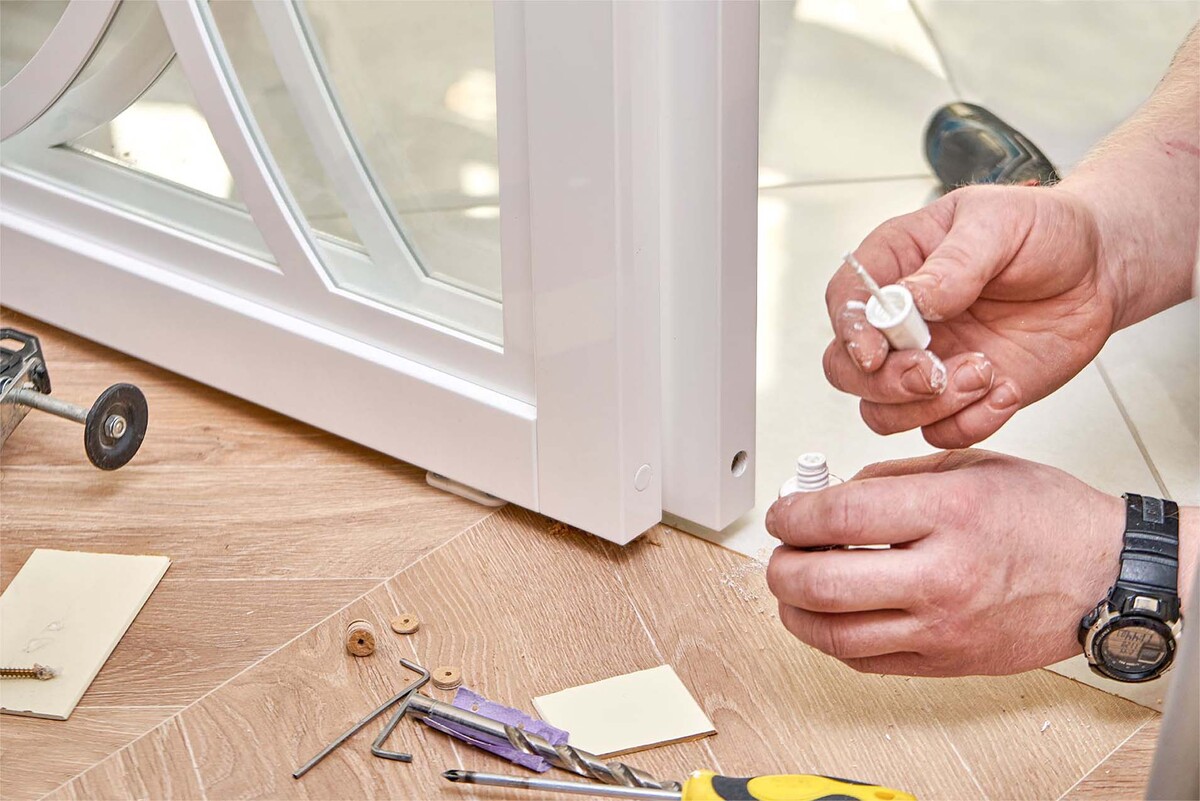

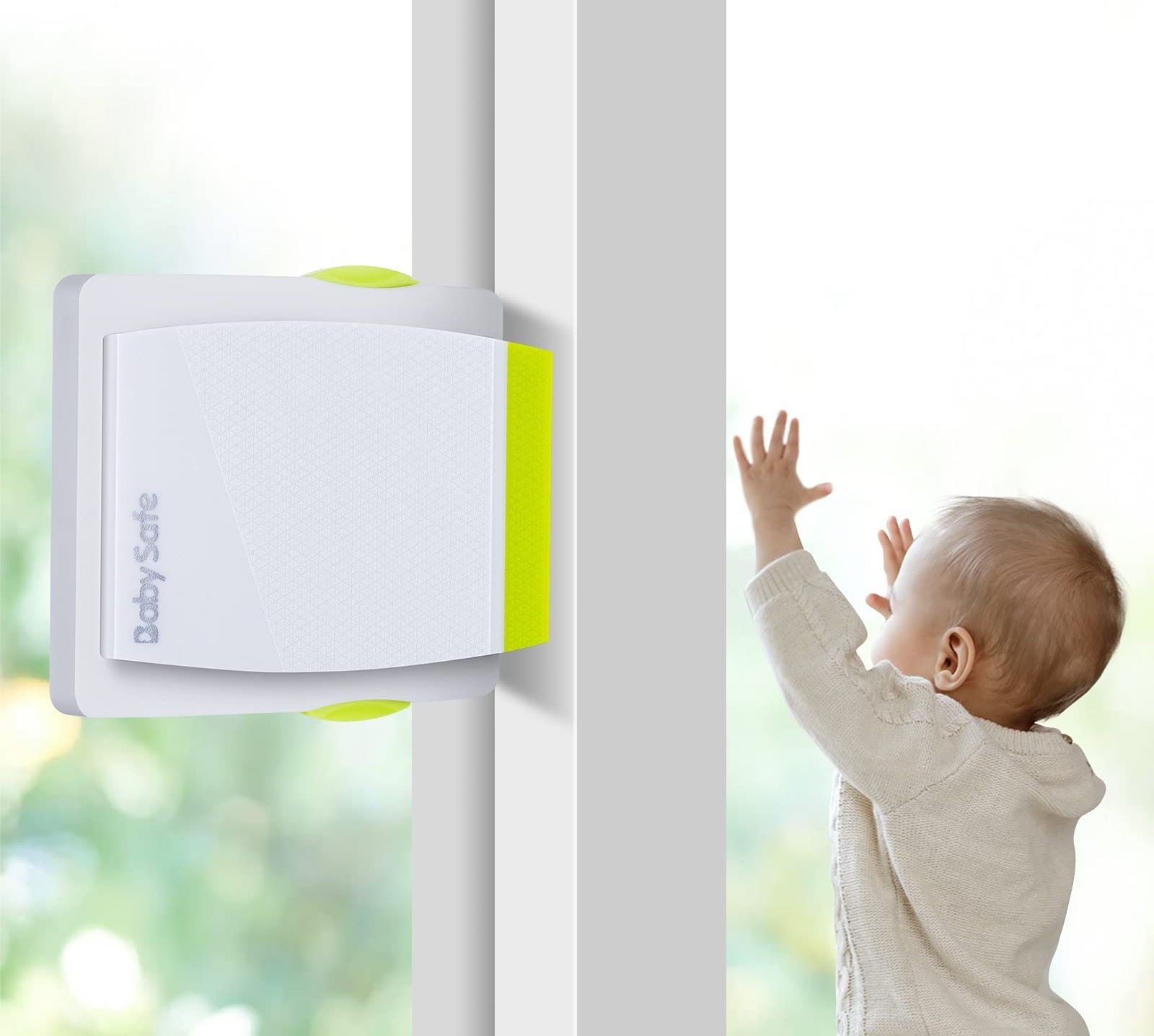




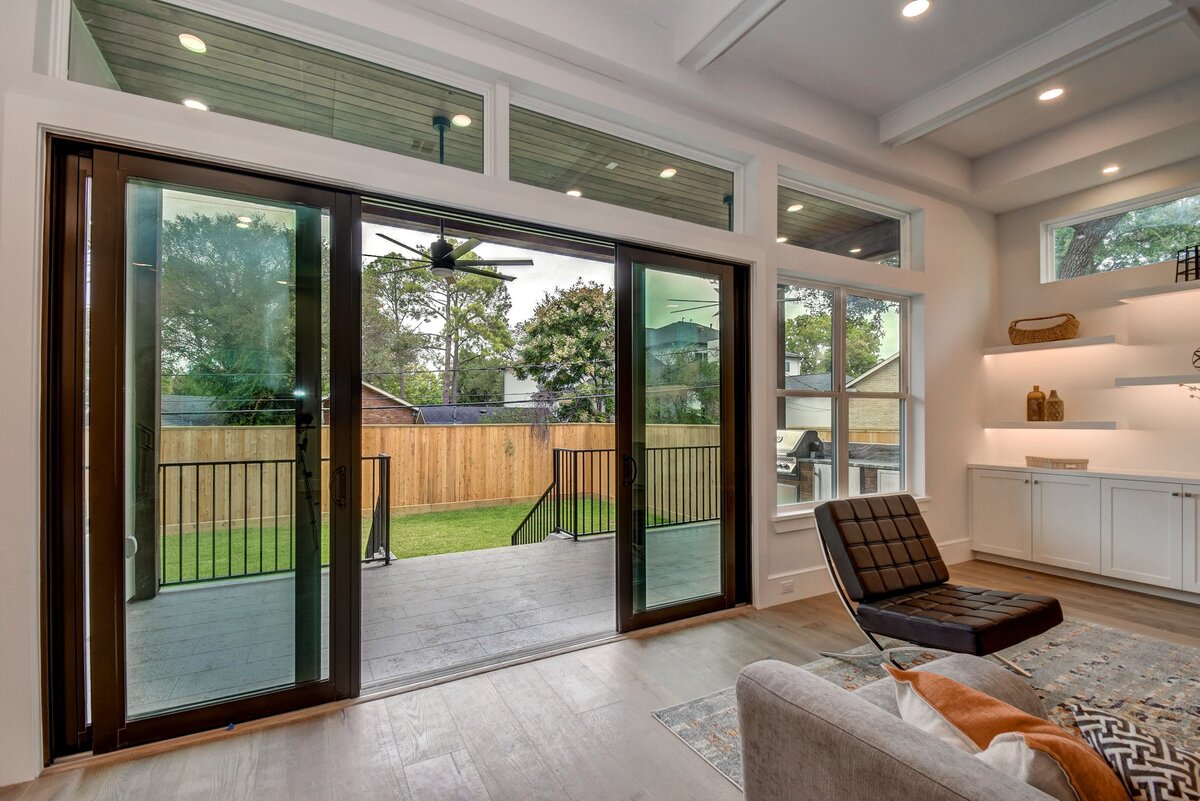

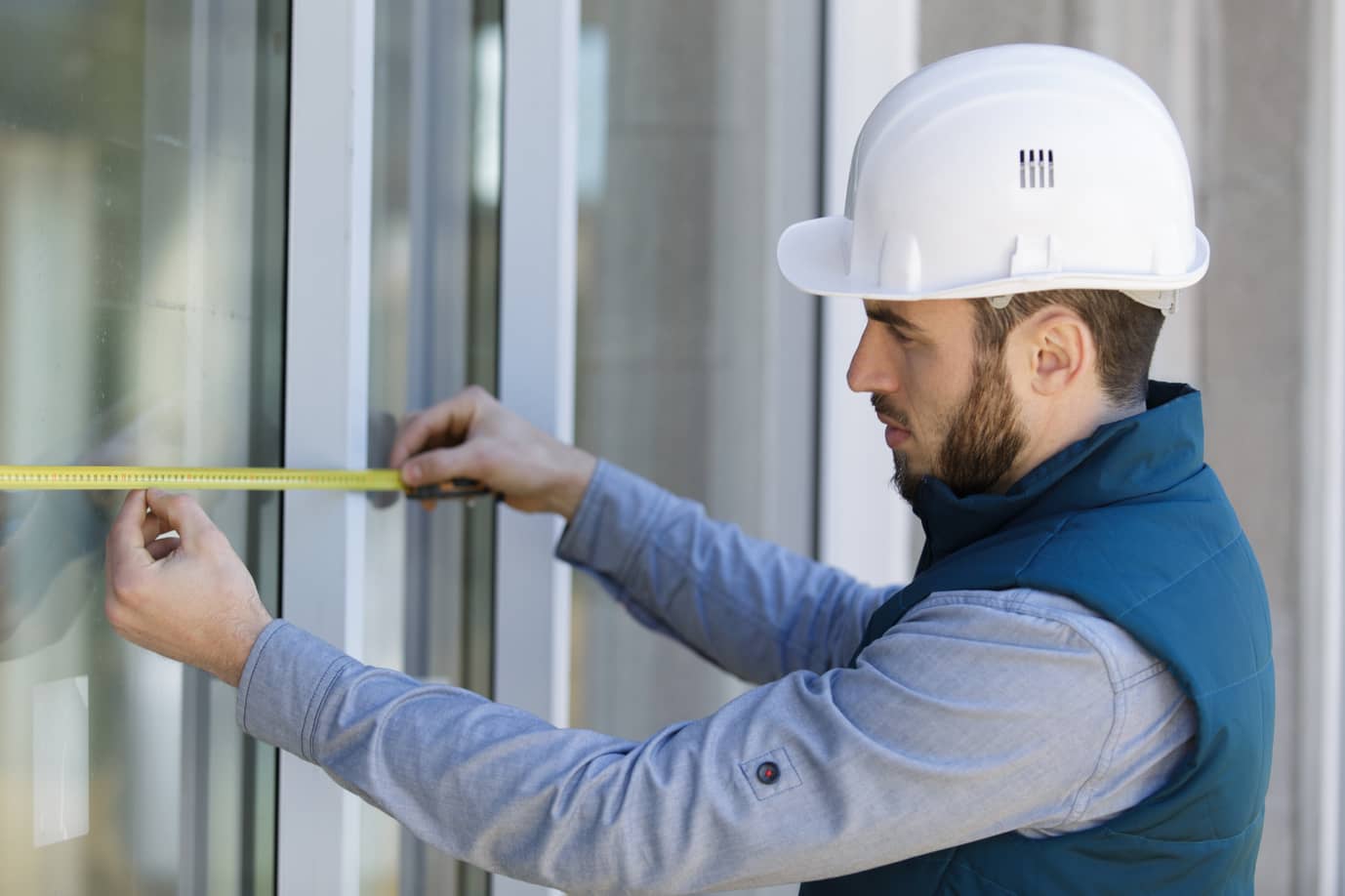


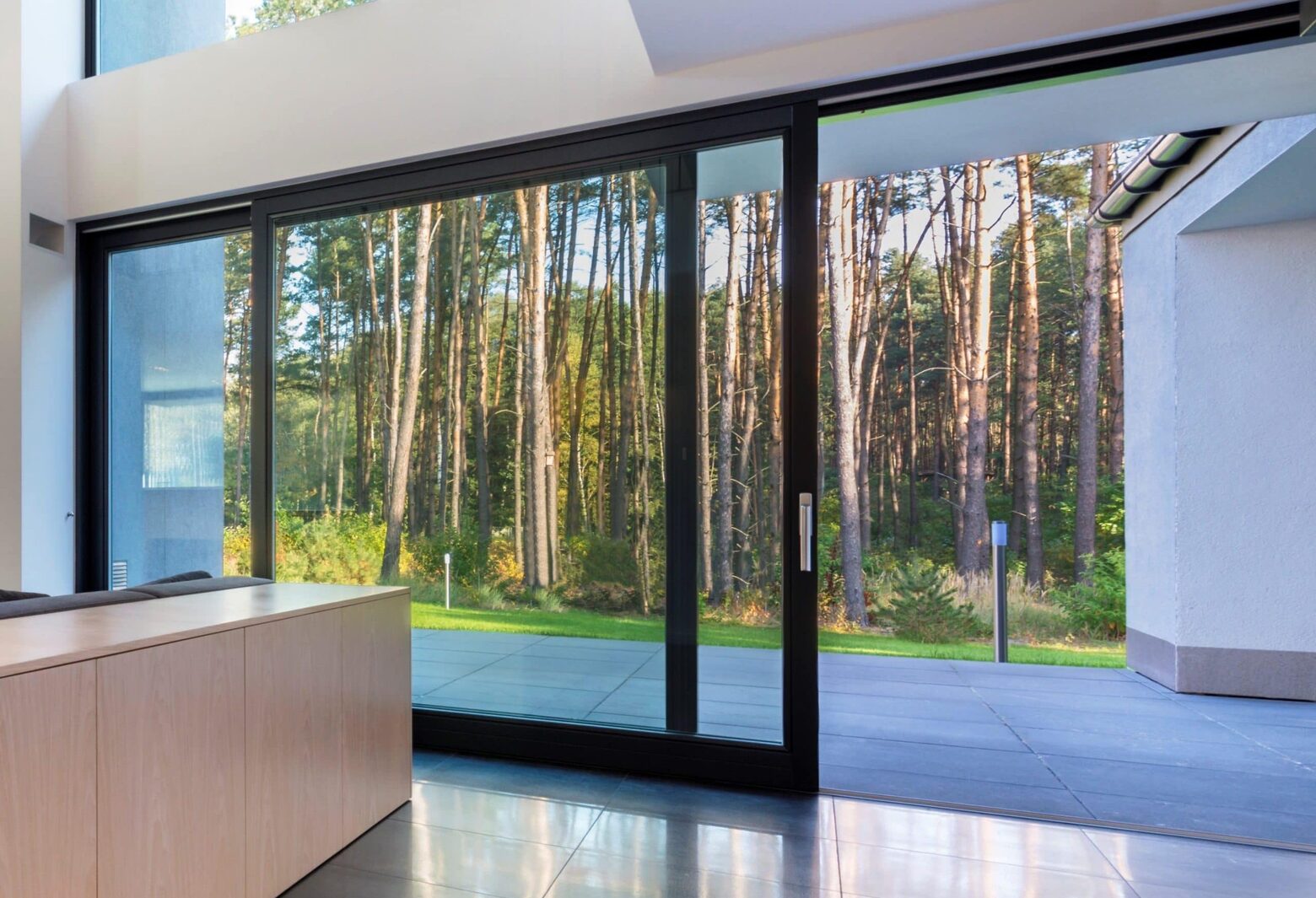

0 thoughts on “How Long Are Sliding Glass Doors”